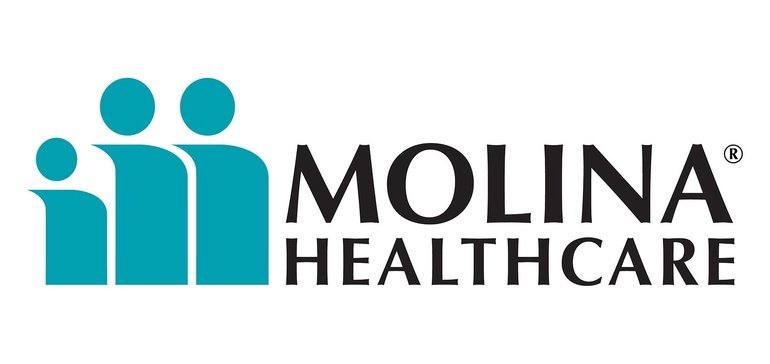
Dive Brief:
- Molina added 1.2 million members to its insurance plans during the first quarter of 2020, a significant jump from the first quarter of last year thanks in part to acquisitions executed in the latter half of the year, including its takeover of a Kentucky Medicaid plan, Passport Health, that netted the firm more than 315,000 new members.
- The 35% bump in members spurred a sizable increase in both revenue and and profit for the quarter. Overall, the financial impact of COVID-19 on the quarter had little effect, the company said. Savings from deferred care were offset by COVID-19 medical costs and risk corridors.
- Molina raised its forecast for the full year and now expects to generate an extra $ 1 billion in revenue.
Dive Insight:
The onslaught of novel coronavirus cases last year prompted the public to retreat from normal daily activities, as local governments imposed restrictions. For some, it also meant curtailing visits to the doctor. For insurers, this trend meant they spent less on care despite the prevalence of a deadly pandemic that, at times, overwhelmed the nation’s hospitals with COVID-19 patients.
But it’s just a matter of when the demand may return and how quickly. Industry observers are closely watching earnings for signals that will indicate these returns.
Molina CEO Joe Zubretsky said he has been cautious about forecasting patient utilization trends for the remainder of the year. “How quickly, and to what extent, utilization rebounds will depend upon the strength of the economy, consumer behavior, provider capacity and the level of COVID infection rates,” he told investors Thursday.
Indicators in Molina’s first-quarter earnings seemed to show volume trends were varied across its three different insurance units.
Molina reported higher medical cost ratios, metrics of the amount an insurer spends on medical claims as compared to the amount of premiums for both Medicare and marketplace plans, which it blamed on the effects of COVID-19.
COVID-19 costs were the highest in January as the country as a whole reached a peak in cases and daily deaths. Those costs have continued to decline as the quarter progressed, executives said.
The medical cost ratio for marketplace plans, those available on Healthcare.gov, increased to 77.3% from 72.3% for the first quarter of 2020, while its Medicare MCR increased to 77.3% from to 72.3%. Molina elaborated that the higher Medicare costs were due to risk scores that no longer match the acuity of its members.
On the other hand, the Medicaid unit experienced a dip in its MCR, dropping slightly to 86.8% from 86.3% for the first quarter of 2020. Lower medical usage among members coupled with absence of a traditional flu season outweighed any COVID-19 related costs. However, some of that was mitigated as states clawed back money from Molina and other managed care organizations as they were paying for less care.
The large membership gains in marketplace plans and Medicaid fueled Molina’s top line. The company is poised to experience additional membership gains throughout the year as President Joe Biden’s administration has opened a special enrollment period for Healthcare.gov. And as long as the public health emergency remains in effect, states are barred from kicking Medicaid members off their plans.
These two factors influenced Molina to increase its expectations for the full year. It now expects to generate an additional $ 1 billion in revenue for the year, climbing to more than $ 25 billion.
